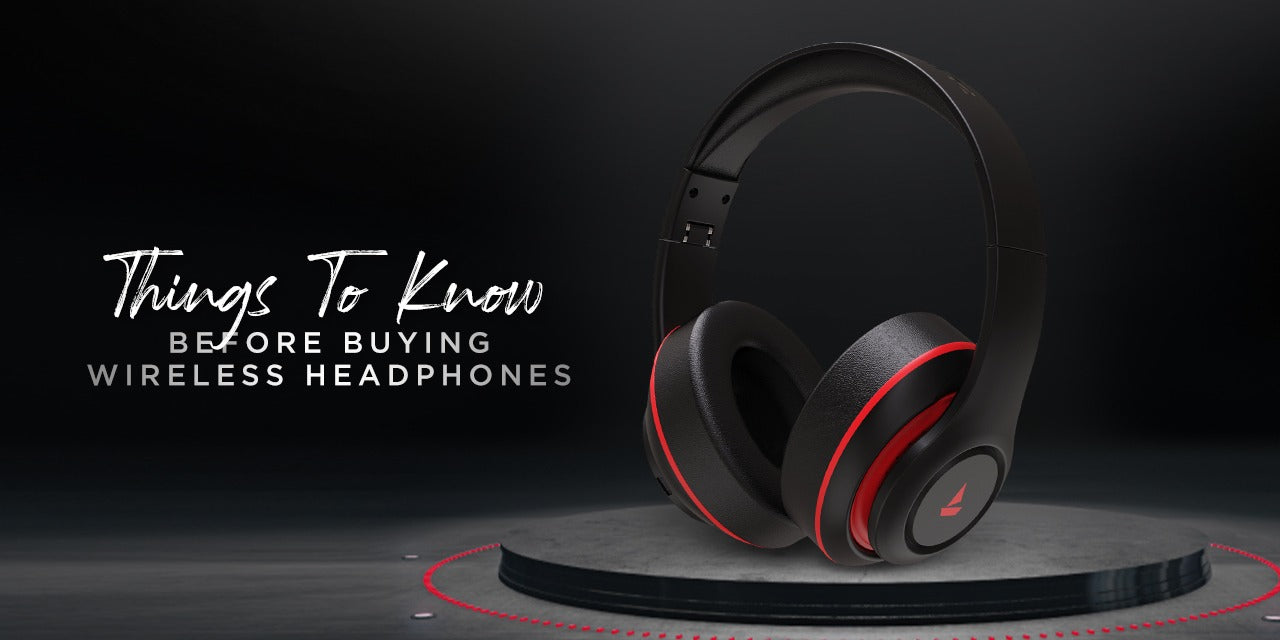Headphones have become such an essential part of our daily lives that many of us can’t imagine a day without them. Whether you’re commuting to work, hitting the gym, relaxing at home, or working in a busy office, headphones provide a personal audio space that keeps you connected to your music, podcasts, or calls. But headphones are more than just a modern gadget; they represent decades of innovation, shifting design trends, and evolving consumer needs.
In this blog, we’ll explore the history, types, features, and future of headphones to better understand why they are such a vital part of our digital lifestyles.
A Brief History of Headphones
The journey of headphones began in the late 19th century. Early versions were used primarily by telephone operators and featured a single earpiece that rested on the shoulder. These devices were bulky and uncomfortable by today’s standards, but they were groundbreaking at the time.
Fast forward to 1910, when Nathaniel Baldwin built the first modern-style headphones in his kitchen. They were quickly adopted by the U.S. Navy for radio communication. Over the decades, headphones transitioned from being professional tools to consumer products, especially with the rise of portable music players in the 1970s and 1980s.
When Sony introduced the Walkman, headphones became a cultural icon. Suddenly, music was no longer tied to the living room stereo; it could travel with you anywhere. That shift paved the way for the diverse headphone market we know today.
Types of Headphones
One of the reasons headphones remain so popular is the sheer variety available. Depending on personal preference and lifestyle, there’s a style for everyone.
- Over-Ear Headphones: These are the classic, full-sized headphones that completely cover your ears. They are known for superior sound quality and comfort, making them ideal for long listening sessions or professional audio work.
- On-Ear Headphones: Smaller than over-ear designs, these rest on top of your ears rather than enclosing them. They’re portable and often lighter, though they may not block out noise as effectively.
- In-Ear Headphones (Earbuds): Compact and highly portable, earbuds sit directly in the ear canal. They have become the most popular choice for casual listeners, especially with wireless designs dominating the market.
- Wireless & True Wireless Earbuds: These eliminate the need for cords, offering freedom of movement. True wireless earbuds, like Apple’s AirPods, have become a status symbol while also delivering convenience.
- Gaming Headsets: Equipped with microphones and surround sound features, these are designed specifically for gamers who need immersive sound and clear communication.
Each type has its pros and cons, but the variety ensures that every listener can find something tailored to their lifestyle.
Key Features That Matter
When choosing headphones, most people look beyond just sound quality. Here are some of the most sought-after features today:
- Noise Cancellation: Active noise-cancelling technology has become a must-have for frequent travelers and office workers. It blocks out background noise, creating an isolated listening experience.
- Battery Life: For wireless headphones, battery performance is crucial. Many modern models now offer 20–40 hours of playback time.
- Comfort & Design: Ergonomics play a huge role in the buying decision. Lightweight designs, soft ear cushions, and adjustable headbands all enhance the experience.
- Durability: Sweat-proof and water-resistant headphones are in demand for athletes and fitness enthusiasts.
- Smart Features: Voice assistants, touch controls, and companion apps are increasingly common, turning headphones into multifunctional devices.
The Role of Headphones in Daily Life
It’s amazing how much headphones influence our routines today. Students use them for online learning, professionals rely on them for virtual meetings, and travelers see them as essential companions during long flights. Music lovers, of course, depend on headphones to connect deeply with their favorite tracks.
Headphones have also become an extension of personal style. With brands offering designs in various colors, shapes, and finishes, they are as much a fashion accessory as they are a functional tool.
The Future of Headphones
The headphone industry continues to innovate at a rapid pace. Looking ahead, we can expect even more exciting developments:
- Augmented Reality (AR) & Spatial Audio: Headphones will increasingly integrate immersive audio experiences, blurring the line between physical and digital environments.
- Health Monitoring: Some models already track heart rate and activity levels, and future designs may double as health devices.
- Sustainability: With rising concerns about electronic waste, manufacturers are working on eco-friendly materials and recyclable parts.
- AI Integration: Personalized sound profiles powered by AI could soon adapt automatically to each user’s preferences.
The future promises headphones that are not only tools for listening but also hubs for communication, health, and entertainment.
Final Thoughts
From their humble beginnings as communication devices to today’s sleek wireless designs, headphones have evolved into one of the most essential gadgets of modern life. They entertain us, connect us, and even help us escape the noise of the outside world.
Whether you’re an audiophile who values pure sound, a traveler looking for noise cancellation, or a student attending online classes, there’s a pair of headphones out there designed just for you.
As technology advances, one thing is certain: headphones will continue to play a central role in how we experience sound in our everyday lives.


